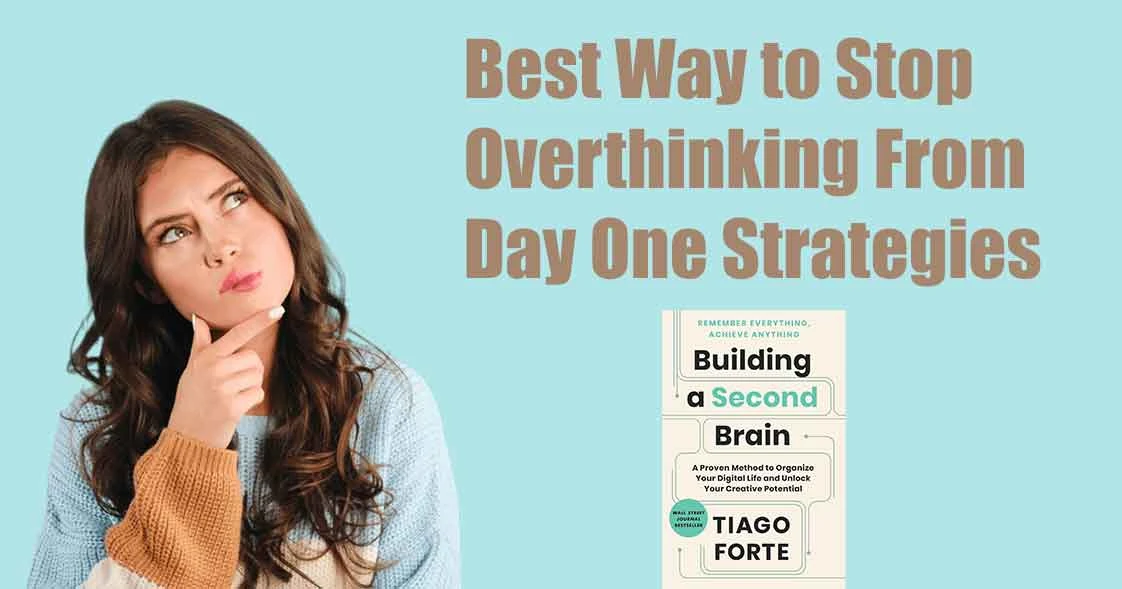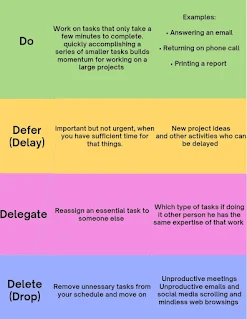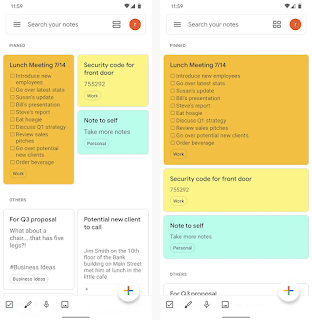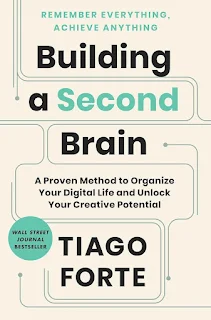Key Takeaways
If you spend too much time thinking about a thing, you'll never get it done.
Amateurs sit and wait for inspiration, the rest of us just get up and go to work.
People think focus means saying yes to the thing you've got to focus on.
Productivity is being able to do things that you were never able to do before.
Until we can manage time, we can manage nothing else.
Introduction
Overthinking can be a productivity killer, causing unnecessary stress and anxiety. However, by implementing effective strategies from day one, you can stop overthinking and boost your productivity. By recognizing the signs of overthinking and understanding its detrimental effects, you can take proactive steps to curb it.
This can involve techniques such as mindfulness, time management, and setting achievable goals. By making small changes and being consistent in your approach, you can effectively kick the habit of overthinking and enjoy a more focused and productive mindset from day one.
Let’s start with the cause of overthinking:
Why Do We Start Overthinking?
We start overthinking because our mind gets stuck on a thought or a problem, and we can't let it go. This often happens when we are worried about something or when we feel uncertain about the future. Our brain keeps going over the same thoughts again and again, making us feel stressed and anxious. It's like a mental loop that's hard to break. Sometimes it's our way of trying to solve a problem, but it can also make the problem seem bigger than it really is.
Here are some real-life examples of overthinking:
1. Before a Test: You might keep thinking about all the things that could go wrong during a test, making you feel anxious and worried.
2. Social Situations: When you're about to meet new people, you might overthink about what to say, how to act, and if they will like you.
3. Making a Decision: You might constantly go over all the pros and cons of a decision, such as which job to take or which college to attend, leading to stress and indecision.
These are just a few examples of how overthinking can affect us in our daily lives.
Short-Term Memory Loss Story
Tiago Forte, the author of "Building a Second Brain," had a problem with short-term memory loss. This meant that he had trouble remembering things he had just learned or experienced, which made it difficult for him to be productive and creative. This challenge led him to develop the "Building a Second Brain" method to organize digital information, which not only helped him overcome his memory issues but also unlocked his creative potential.
I faced similar challenges in the past and found solutions by reading books on overcoming overthinking, boosting productivity, and fostering positive relationships with family and friends. I applied the strategies shared by authors in their life experiences and books, and it made a significant improvement in various aspects of my life. If you continue reading this article, you may discover helpful insights to achieve similar positive results.
Building a Second Brain
"Building a Second Brain" is a method created by Tiago Forte to help people organize and manage all the information in their digital lives, such as notes, ideas, and resources. It's like having a digital extension of your own brain to store and retrieve information when needed, freeing up your mind for more creative and productive tasks.
For example, you can use this method to collect and organize research material for a project, store recipes and cooking tips in one place, or keep track of your travel plans and recommendations.
Information Overload Problem
The "Information Overload Problem" refers to the feeling of being overwhelmed by the sheer amount of information available to us, especially in the digital world. Tiago Forte, the author of "Building a Second Brain," addresses this problem by providing a method to effectively organize and manage this information, making it more accessible and useful.
For example, you might experience this problem when you have too many emails to keep track of, find it hard to locate important documents on your computer or feel overwhelmed by the amount of news and articles you encounter online.
Write Things Down
"Write Things Down" is a simple but powerful concept emphasized by Tiago Forte, the author of "Building a Second Brain." It involves jotting down your thoughts, ideas, and important information to capture and store them for future use.
For example, you can write down a shopping list to remember what you need to buy at the grocery store, take notes during a meeting to retain important points or create to-do lists to stay organized and focused on tasks. Writing things down helps you free up mental space and ensures that important information is not forgotten.
Recommended apps: Every Android phone already has these apps installed, or you can get them for free from the Google Play Store. Personally, I use both apps to handle my daily tasks, goals, future plans, and to keep good relationships with others. You should give them a try to manage your tasks and stop overthinking too.
Google Docs: It is free for you.
Google Keep: It is free for you.
How to Build Second Brain - 2 Step Procedure
1. Capture
You know how when we're in the shower or just chilling alone, lots of thoughts and ideas pop up in our heads, but we tend to forget them later? Well, now try jotting down every thought you think is important, especially those that could benefit your business, personal life, or career. One of my friends started doing this and ended up with a brilliant idea for a side business while taking a walk. Writing things down can make a big difference!
What things you can capture: Memories, Information, Books, Podcast, Ideas, Conversations, Quotes, etc.
2. Creating ideas
Use Google Docs or Google Keep to jot down all your ideas. In the future, these ideas might bring clarity to your life or even help kickstart a successful business. People like Elon Musk, Steve Jobs, and Bill Gates, who are super successful, often write down their thoughts. It's a smart habit that can lead to big achievements.
3. David Allen Example
He is another author and his famous quote is “Your mind is for having ideas, not holding them.” Our minds come up with ideas to solve problems, and this isn't new. Every product or service we have is the result of someone's idea. Big artists, scholars, and smart people have made our lives easier by following this habit of capturing ideas.
For example, Harry Sindenfill wrote a joke every day, and Leonardo Da Vinci documented all his ideas in a book. Here's a fun fact: Bill Gates bought one of Leonardo Da Vinci's books for a whopping 30.8 million dollars. That book was just filled with ideas!
What to Write - Capture 5 Things
The "SHIPi" acronym by Tiago Forte, the author of "Building a Second Brain" stands for:
S - Surprising
H - Helpful
I - Inspire
P - Personal
I - Imagination
Let's break it down:
Surprising: Ideas and information that catch you off guard, making you think differently and for example, stumbling upon an unexpected solution to a problem.
Helpful: Information that is genuinely useful and practical. It could be a tip, a tool, or a strategy that makes your life easier. For instance, discover a new productivity app that streamlines your tasks.
Inspire: Things that ignite your creativity or motivation. It could be a quote, a story, or an image that sparks new ideas. Like finding inspiration in someone else's success story.
Personal: Ideas that connect with you on a personal level. This could be related to your values, experiences, or goals. For instance, realizing how a certain concept aligns perfectly with your life philosophy.
Imagination: Concepts that fuel your imagination and encourage creative thinking. This might involve brainstorming ideas that push the boundaries of conventional thinking.
We often learn important things in the past, but we don't always use them in our daily lives.
What we learned in the past can be beneficial when we actually put it into practice.
Applying past knowledge helps us build a trustworthy system that can be useful in the future.
The knowledge we gained in the past helps us organize things better, making it easier to find and use our skills when needed.
In simple terms, the SHIPi acronym encourages capturing surprising, helpful, inspiring, personal, and imaginative ideas to enhance creativity and organization in your digital life.
Where to Capture
“Organizing for action gives you a sense of tremendous clarity because you know that everything you’re keeping actually has purpose”
The key is to figure out where to store all the information that can help us improve ourselves and benefit others. I'll share my own experiences with organizing things for my future. I use Google Docs and Google Keep Notes to manage important information in text form.
For videos, I rely on Google Drive. You can also use these three apps to stop overthinking, boost productivity, and become more efficient in your life.
Para Method
Created the PARA method to help people organize their digital information. The method stands for Projects, Areas, Resources, and Archives. Here's a simple breakdown of what each category means:
Projects: These are specific tasks or endeavors with a clear end goal. For example, planning a birthday party or organizing a work presentation would be considered a project.
Areas: These are the different areas of your life that require ongoing attention and maintenance. This could include areas like health, career, hobbies, and personal development.
Resources: These are the reference materials and tools that you need to support your projects and areas. For instance, articles, books, and software tools would fall under this category.
Archives: This category is meant for storing information that doesn't require immediate action but may be useful for future reference. This could include old project files, completed work, or historical data.
By using the PARA method, you can effectively categorize and manage your digital information, making it easier to find what you need when you need it.
Distal and Express Methods
Tiago Forte, the author of "Building a Second Brain," introduces the Distal and Express Methods as strategies to manage information effectively.
Distal Method: This method involves storing information in a way that's separate from your immediate surroundings, such as in a digital note-taking app or in a physical file system. An example of using the distal method is storing important documents in a cloud storage service rather than keeping them all on your computer's desktop.
Express Method: The express method, on the other hand, involves keeping information close at hand and easily accessible for quick reference. An example of using the express method is creating a checklist for daily tasks and keeping it on your desk for easy access.
By understanding and using these methods, you can organize your information in a way that makes it easy to access when needed while keeping it out of the way when it's not necessary.
Building a Second Brain: A Proven Method to Organize Your Digital Life and Unlock Your Creative Potential
Building a Second Brain is a method to help you organize all the information in your digital life, such as notes, ideas, and resources. It's a proven way to unlock your creative potential by giving you a system to store and access your ideas whenever you need them.
Amazon ratings: 4.5 out of 5 stars and 4,872 ratings, 4.1 on Goodreads with 13,148 ratings
Why Should You Buy It?
You should buy it because it can give you a clear and organized way to manage all your digital information, which can help you be more creative and productive. Imagine, after reading this article, you learn something new about stopping overthinking and boosting creativity—something you've never heard before. Now, picture getting this book and trying out all the practical tips in your life. If that happens, you'd be the most grateful person ever!
Conclusion
"Building a Second Brain" refers to a productivity and personal knowledge management system developed by Tiago Forte. It involves organizing and storing information in a digital format to create a comprehensive and accessible knowledge base. The system uses note-taking apps, project management software, and other digital tools to capture, organize, and retrieve information efficiently.
The goal is to enhance creativity, learning, and productivity by creating a reliable and structured personal and professional knowledge repository. Hope! You enjoyed this article, Thanks for reading it. to get more actionable ideas on each day visit our website. If you still have questions about the same topic, feel free to comment below. We'll do our best to help you as much as possible.















1 Comments
It's more informative content
ReplyDeleteIf you have any doubts, please comment, we are here for you.